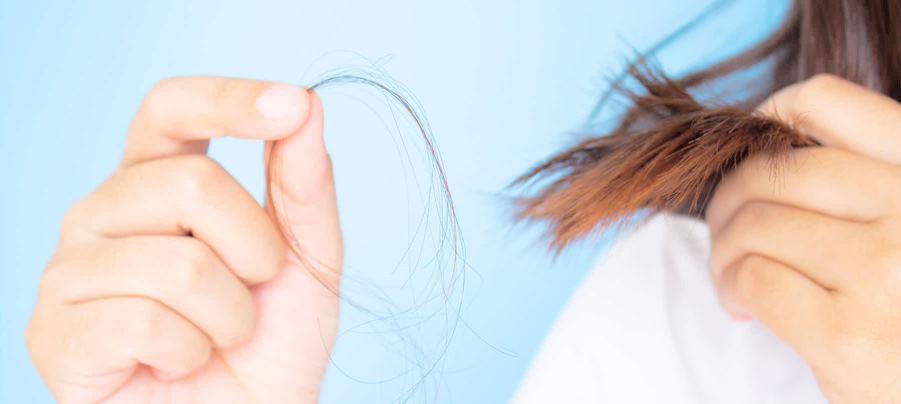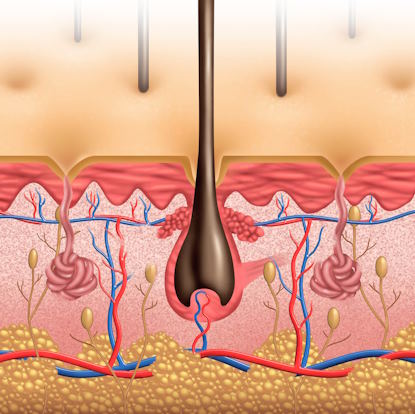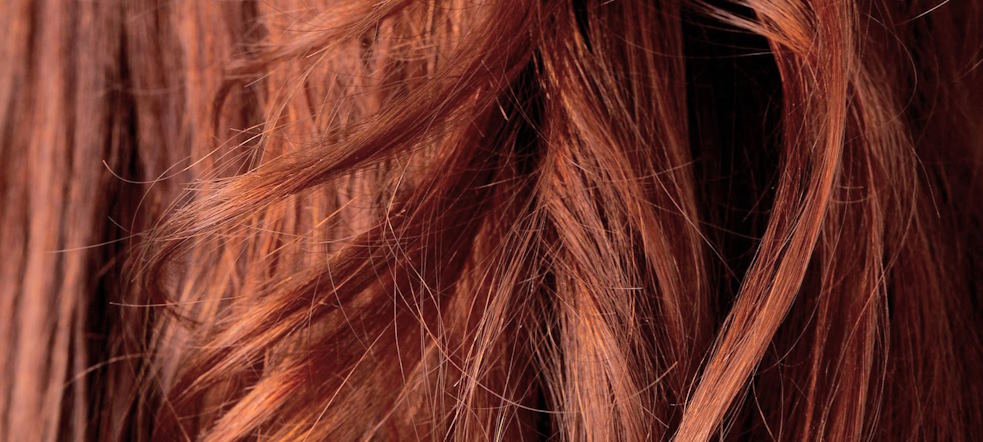The Science Behind Hair: Understanding Hair Structure and Growth
- Published in Professional Hair Care
- Permalink

Hair holds immense significance in human society and plays a vital role in shaping our self-image. Whether long, short, curly, or straight, our hair is a defining feature that often serves as an expression of our individuality. But have you ever wondered about the intricate science behind hair? How does it grow, and what determines its texture and color? Understanding the structure and growth of hair can provide valuable insights into its care, maintenance, and even the prevention of hair loss.
Unlocking the Secrets: Exploring the Intricacies of Hair Structure
The structure of our hair is a marvel of nature’s design, comprised of various layers and components that work together to create the beautiful strands we see on our heads. Understanding the different elements that make up our hair can help us appreciate its complexity and provide insights into how to care for it effectively.
Beneath the cuticle lies the cortex, the middle layer of the hair shaft. This layer is responsible for providing strength, elasticity, and the hair’s natural color. It contains the keratin protein, which forms the structural backbone of our hair and contributes to its overall strength and resilience.
 The medulla, found in the innermost part of the hair shaft, is not present in all hair types. It consists of soft, loosely packed cells and is responsible for providing additional structural support to the hair.
The medulla, found in the innermost part of the hair shaft, is not present in all hair types. It consists of soft, loosely packed cells and is responsible for providing additional structural support to the hair.
To understand how our hair grows, we need to examine the hair follicle—the structure from which each strand emerges. At the base of the follicle is the papilla, a cluster of blood vessels that supply nutrients and oxygen to the hair follicle. It is the papilla’s nourishing role that allows the hair to grow and thrive.
The matrix cells, located in the hair bulb surrounding the papilla, are responsible for producing new hair cells. These cells undergo a continuous process of division and differentiation, resulting in the formation of the hair shaft that emerges from the scalp.
Another essential component of the hair follicle is the sebaceous glands. These glands secrete an oily substance called sebum, which lubricates the hair, keeping it moisturized and preventing it from becoming dry and brittle.
The Tangled Journey: Understanding the Hair Growth Cycle
Have you ever wondered why your hair seems to be in a constant cycle of growth, shedding, and regrowth? The answer lies in the remarkable hair growth cycle, which consists of three distinct phases: the anagen phase, the catagen phase, and the telogen phase. Understanding these phases can provide valuable insights into the natural rhythm of our hair and help us better care for it.

The anagen phase marks the active growth period of our hair. It is during this phase that our hair follicles produce new cells, resulting in the lengthening of the hair shaft. The duration of the anagen phase varies from person to person and can last anywhere from two to seven years. Characteristics of the anagen phase include healthy hair growth, an abundance of melanin production (giving the hair its natural color), and a strong, thick hair shaft. Factors such as genetics, age, and overall health can influence the length of the anagen phase.
The telogen phase is the resting phase of the hair growth cycle. It lasts approximately two to three months. During this phase, the hair follicle remains inactive, and the old hair strand is shed. It is important to note that around 10-15% of our hair is typically in the telogen phase at any given time. Following shedding, the hair follicle enters the anagen phase again, and a new hair shaft begins to grow.

